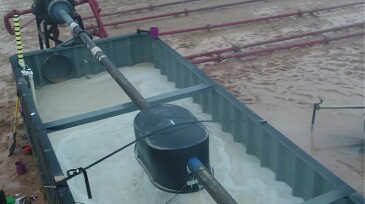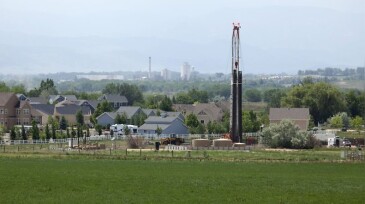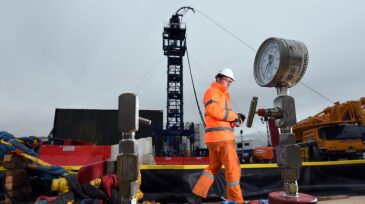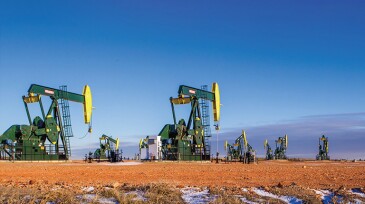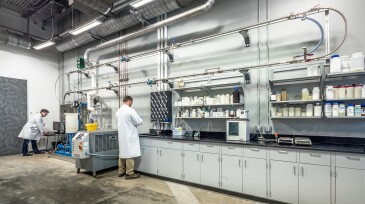Hydraulic Fracturing Content Feed
-
Liberty will be integrating Seismos’ measurements-while-fracturing system into its completions service to analyze near-wellbore fracture networks and create a near-field connectivity index.
-
This paper presents an optimization project that was implemented in the Khazzan and Ghazeer fields of Oman to optimize the post-fracturing cleanup and testing period to reduce hydrocarbon flaring and CO2 emissions as well as the testing cost without compromising the overall well cleanup and testing objectives.
-
A team of engineers did something no one had done before: a full-scale fracturing test on the surface. The results surprised the fracturing experts involved.
-
The message from a single chart’s data from the first full-scale hydraulic fracturing surface test is simple: Far less proppant flows out of the first clusters passed in a stage than the last ones.
-
SponsoredFrac operators are continuously challenged by pressures to increase ROI and simultaneously decrease emissions. But is it really possible? New technology released in February from Catalyst Energy Services proves that it is possible. And the results are compelling.
-
Efforts to mitigate the potentially harmful effects of hydraulic fracturing have traditionally been divided along two fronts—those that primarily focus on protecting the environment and wildlife and those that focus on protecting humans and domestic animals. But it doesn’t have to be that way.
-
Induced seismicity put a stop to hydraulic fracturing in the UK, but rising natural gas prices might change that.
-
The authors develop a methodology that calculates the mechanical specific energy using real-time drillstring acceleration signals directly.
-
New research from Hess offers compelling evidence that two layers of tight rock can be treated as one and how passive wells can become oil producers.
-
SponsoredAs world demand for energy increases, enhancing the efficiency of oil and gas production is key. Horizontal and multistage fracturing have made a huge difference in recovery. Fracturing fluids have played a key role in these gains—reducing costs and lessening fracture damage. Now fracturing fluids can be more sustainable as well, helping with your company’s ESG goals.




